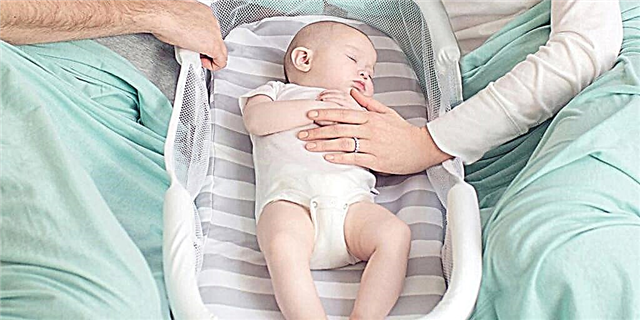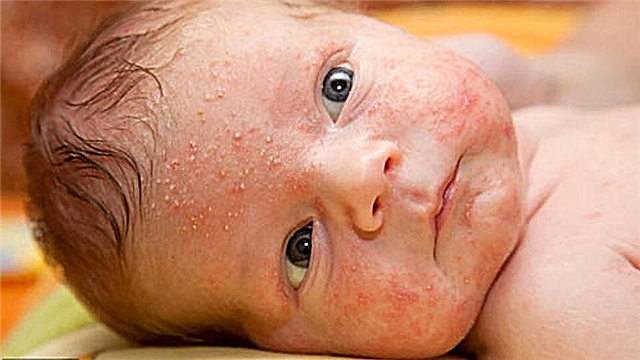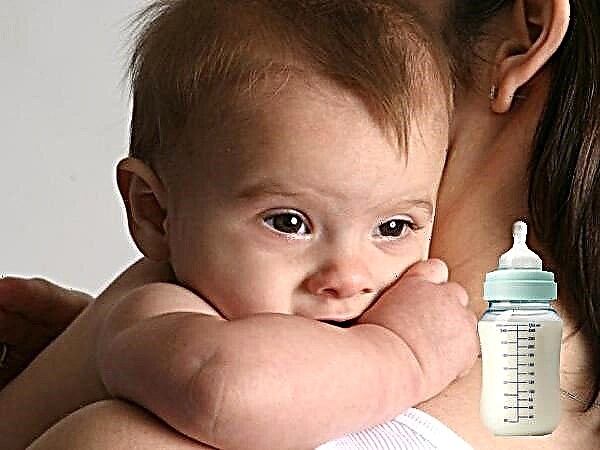
In many newborns, on the second or third day of life, the skin acquires a yellow tint. And so that this does not frighten the newly-made parents, they should, even during gestation, learn more about jaundice, which is called physiological.

What it is?
This is the name of the physiological state of a newborn baby, which occurs in half of full-term toddlers and in 70-80% of babies born prematurely.
It has nothing to do with liver disease and in most cases does not require treatment.
You can learn more about physiological jaundice in newborns in the following video.
What is the reason?
The appearance of physiological jaundice immediately after birth is associated with the breakdown of fetal hemoglobin in the baby's body, which is responsible for oxygen transport during the intrauterine development of the baby. As soon as the child begins to breathe, this hemoglobin becomes unnecessary and is destroyed, as a result of which the pigment bilirubin is released from it. An increase in its level and causes yellowing of the skin.
In addition, the liver of the newborn is still immature and its functions are weakened. And since it is she who participates in the elimination of bilirubin from the body, this also affects the occurrence and severity of physiological jaundice. In addition, part of the bilirubin is absorbed back in the baby's intestines, which also helps to maintain the level of this pigment at a high level.

Symptoms
The yellow skin tone appears gradually in the child. First, the skin of the face and neck turns yellow, then the skin of the trunk, and finally the limbs turn yellow. The yellowness decreases in the reverse order, that is, the face turns pale last.
Other symptoms of the physiological type of jaundice are:
- The general condition of the infant is not disturbed.
- Natural color of urine and stool.
- Normal level of hemoglobin in the blood.
Bilirubin rate
In a newborn child, on the third day of life, the level of bilirubin normally does not exceed 205 μmol / l. The increase in the concentration of bilirubin per hour on the third to fifth day of life does not exceed 3.4 μmol / l. Further, every day the level of this pigment gradually decreases and by the age of three weeks it approaches the indicators in adults (no more than 20.5 μmol / l).
The appearance of physiological jaundice is observed when the level of this pigment exceeds 85-120 μmol / l, since it is with such indicators that bilirubin is able to penetrate into the surface layer of the skin.

Treatment
In most cases, babies with physiological jaundice are not treated and the condition disappears without a trace.
If the child has a risk of increasing the concentration of bilirubin to a toxic level, the baby is prescribed phototherapy. A child without clothes is placed in an incubator, eyes and genitals are covered with an opaque cloth, and then placed under a special lamp. Under the influence of its light, bilirubin begins to transform into a harmless compound, which quickly leaves the baby's body with urine, as well as with feces.
1-3 days of such phototherapy is enough for the bilirubin level to begin to decrease.

When does it pass?
The duration of physiological jaundice depends on the condition of the baby and some other factors, but in most full-term babies, jaundice begins to decrease from the fourth day of life and completely disappears by 10-14 days. In premature babies, yellowness of the skin can persist for up to 3 weeks.
Tips
- To prevent physiological jaundice, the child should be applied to the breast as soon as possible after childbirth and often breastfeed, since breastfeeding promotes faster elimination of bilirubin from the child's body with meconium, and then with ordinary feces.
- Sunbathing is also useful for a baby. The baby can be exposed to the rays of the sun from the first day of life, but such procedures should not be lengthy.




